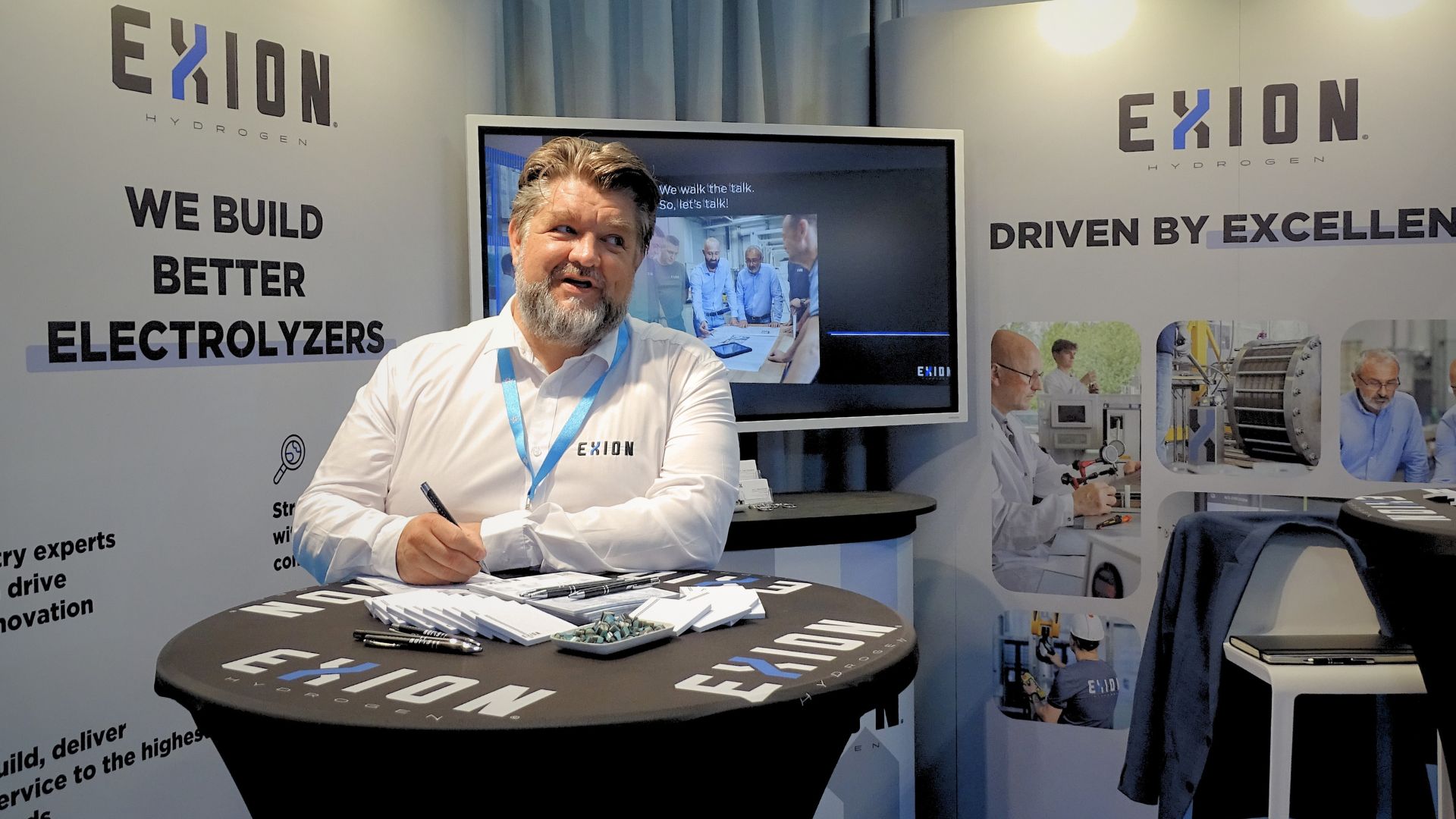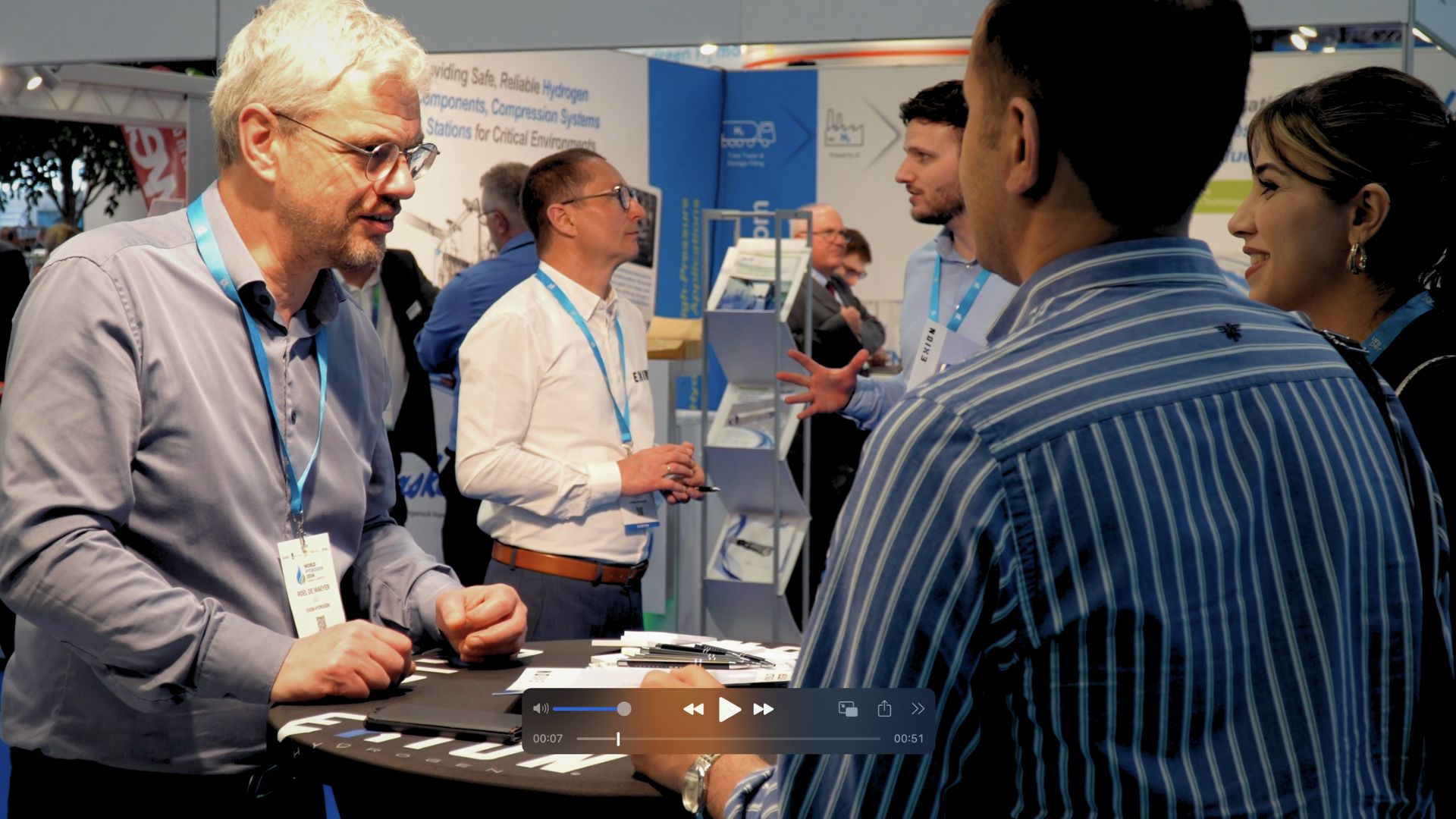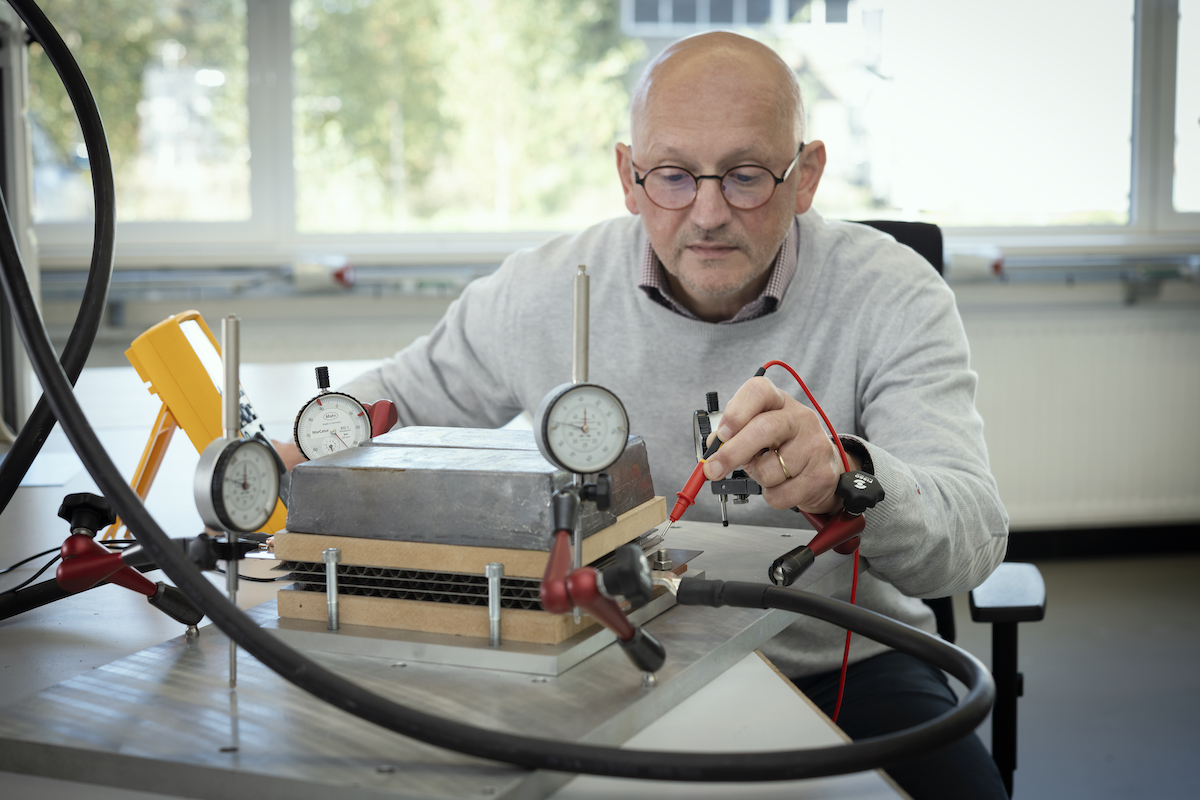At the World Hydrogen 2024 event in Rotterdam, we gained several crucial insights, both at the conference and on the exhibition floor.
Blue is a means to get to green
The event emphasized the importance of blue hydrogen as a transitional solution to accelerate the market, despite the ongoing push for green hydrogen development. Industry leaders indicated that blue hydrogen is necessary for market growth until green hydrogen becomes more viable, with lower costs and improved technologies.
We agree with this point. Rome wasn’t built in a day, either. We can’t expect the world to transition to green hydrogen when we don’t have sufficient volumes of renewable energy to produce enough green hydrogen to fuel all industries. If we transition from grey to blue hydrogen today, we can already install the infrastructure needed for the use of green hydrogen in the future.
Evidently, we need to transition from fossil-based hydrogen production to green hydrogen production as soon as possible, if we want to preserve our planet. Blue is a means to get to green.
Challenges in Green Hydrogen Production
Central European green hydrogen projects are facing hurdles due to high electricity costs and regulatory challenges. However, regions like Scandinavia and the Iberian Peninsula are advancing more rapidly, benefiting from lower electricity prices.
In addition, densely industrialized regions such as Belgium, the Netherlands, and the German North Rhine-Westphalia area may not have enough renewable energy to produce sufficient green hydrogen for their own demand in the foreseeable future. This is why we expect that the import of hydrogen will play a major role in the energy supply in Europe.
International Collaboration at World Hydrogen 2024
The event featured strong international participation, particularly from hydrogen-exporting nations. Countries like Canada and Australia and regions like Latin America, the Middle East, and Africa showcased their progress and emphasized the significance of global partnerships in advancing the hydrogen industry.
We appreciate the initiatives and commitment of local hydrogen organizations such as APEX Brasil and the Belgian Hydrogen Council to foster relationships that can commonly shape the hydrogen value chain. A common challenge in the hydrogen industry is bringing together suppliers and off-takers. World Hydrogen 2024, like any other recent fairs, proved that the world is making major progress in this area.
Technological Advances and Investment
Significant technological advancements and investments in hydrogen projects were underscored. The industry is expected to attract over $300 billion in investments by 2030, with most projects concentrated in Europe, Asia, and Australia.
We have two major reservations in this respect:
- Are the announced projects feasible? Many projects are announced, only a few of them reach a Final Investment Decision. And even after FID, projects are sometimes suspended or downsized because of increasing (renewable) energy costs.
- Is the electrolyzer manufacturing industry mature enough? As a result of large investments and funding, many new companies emerge, but it remains to be seen whether all these companies can live up to the expectations.
Honesty is the Best Policy
We learned that many visitors at the Exion Hydrogen booth raised critical questions regarding the pace at which the producers of water electrolyzers can deliver reliable equipment. We understand this concern because equipment manufacturing companies tend to over-promise to get their required funding.
At Exion Hydrogen, we take a different approach in that we only want to bring our first electrolyzer to the market if we are really confident about the performance of the equipment. In addition, we will make sure that our support is on point from day one to ensure that our clients can achieve their hydrogen production goals.
In the run-up to the launch of our HyGGe™️ 100A Electrolyzer, we rather prefer to under-promise and over-deliver. It was refreshing to notice that the visitors of our booth embraced this philosophy. We have made many interesting connections for future collaborations, and we can’t wait until the Hydrogen Technology Expo (HTE) 2024 in Hamburg and World Hydrogen 2025 in Rotterdam to follow up on our contacts and to update the world on our progress.


These are our takeaways from the World Hydrogen 2024 Exhibition in Rotterdam. We look forward to hearing yours.
Do you have any questions, want to reach out, or want to work together?
Please get in touch through sales@exionhydrogen.com or +32 14 91 99 19.

